Neuroscience

Neurotransmitter receptors function via various G-protein coupled and G-protein independent mechanisms that activate downstream intracellular signaling pathways such as cAMP/PKA, PI3K/AKT, phospholipase A2, and phospholipase C pathways. For instance, dopamine receptors act through adenylate cyclase to activate PKA and other signaling molecules, thereby mediate gene expression through the actions of CREB and other transcription factors. Other neurotransmitters such as NMDAR or AMPAR are associated with ion channels that control flux of Ca2+ and Na+, thus propagating the action potential across the post-synaptic neuron.
Dysfunctions in GABAergic/glutamatergic/serotonergic/dopaminergic pathways result in a broad range of neurological disorders such as chronic pain, neurodegenerative diseases, and insomnia, as well as mental disorders including schizophrenia, bipolar disorder, depression, and addiction.
-
 B4796 Meclofenamate SodiumSummary: dual COX-1/COX-2 inhibitor
B4796 Meclofenamate SodiumSummary: dual COX-1/COX-2 inhibitor -
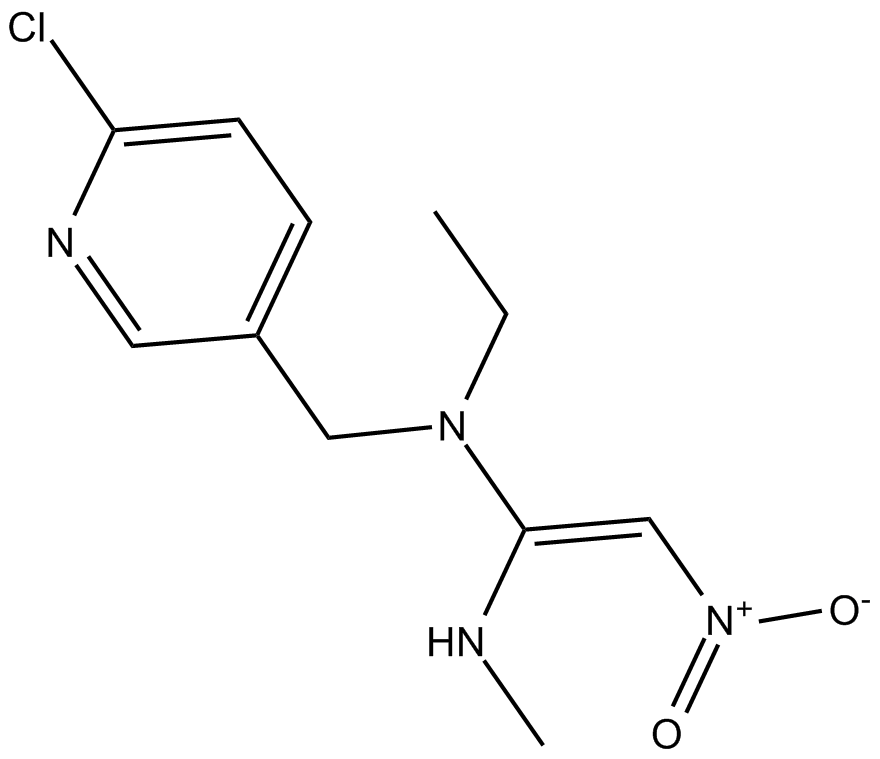 B4873 NitenpyramSummary: nicotinic acetylcholine receptor (AchR) agonist
B4873 NitenpyramSummary: nicotinic acetylcholine receptor (AchR) agonist -
 B4878 LY2119620Summary: positive allosteric modulator of M2/M4 receptor
B4878 LY2119620Summary: positive allosteric modulator of M2/M4 receptor -
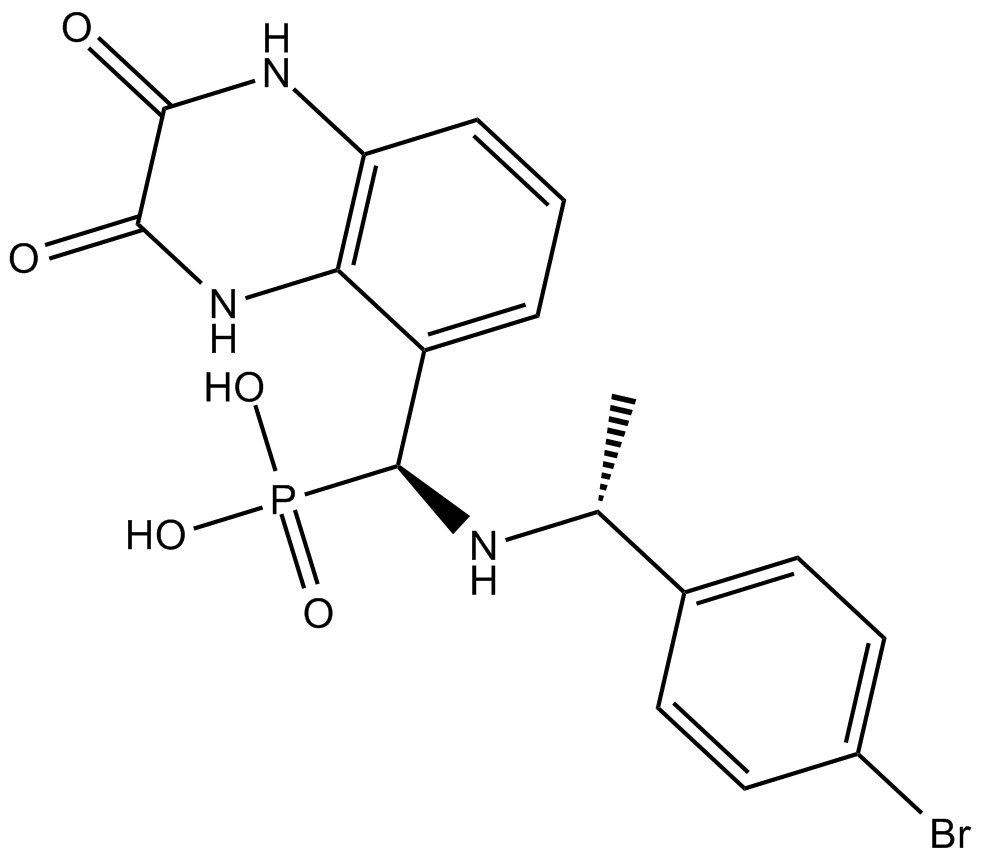 B4803 PEAQXSummary: NMDA antagonist
B4803 PEAQXSummary: NMDA antagonist -
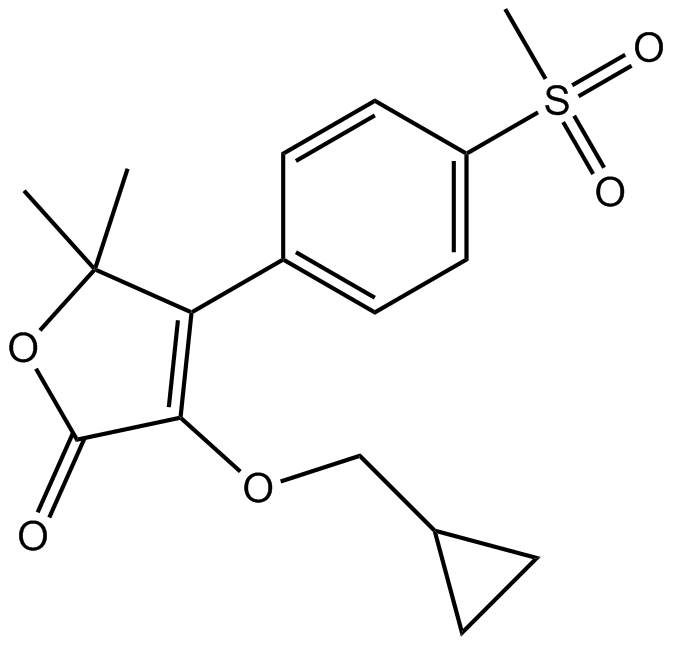 B4807 FirocoxibSummary: COX2 inhibitor
B4807 FirocoxibSummary: COX2 inhibitor -
 B4827 JNJ-31020028Summary: selective brain penetrant antagonist of neuropeptide Y2 receptor
B4827 JNJ-31020028Summary: selective brain penetrant antagonist of neuropeptide Y2 receptor -
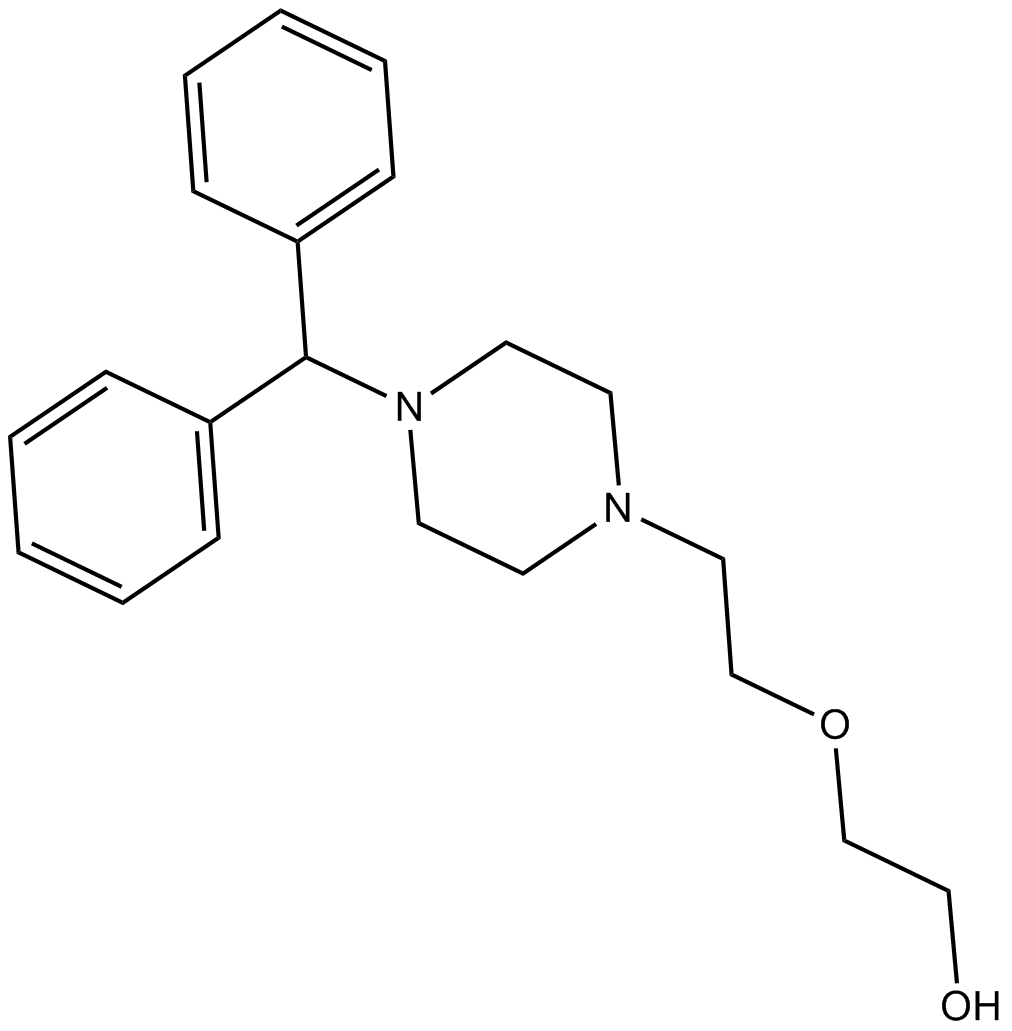 B4843 DecloxizineSummary: histamine 1 receptor antagonist
B4843 DecloxizineSummary: histamine 1 receptor antagonist -
 B4919 Gap191 CitationTarget: Cx43Summary: Selective connexin 43 (Cx43) hemichannel blocker
B4919 Gap191 CitationTarget: Cx43Summary: Selective connexin 43 (Cx43) hemichannel blocker -
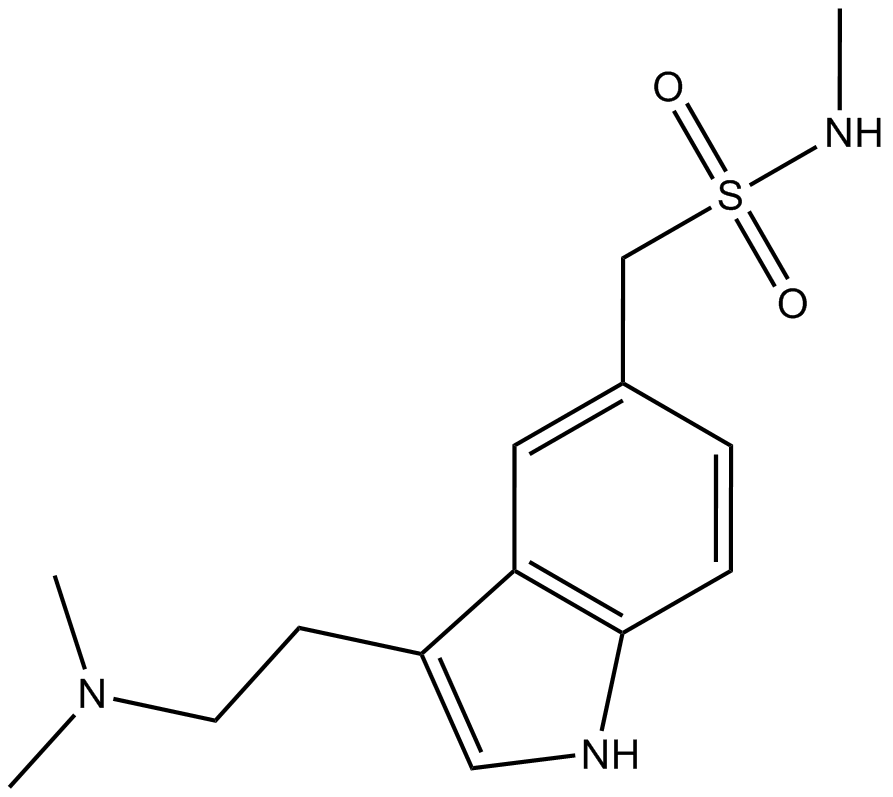 B4981 SumatriptanTarget: 5-HT1 ReceptorsSummary: 5-HT1 receptor agonist
B4981 SumatriptanTarget: 5-HT1 ReceptorsSummary: 5-HT1 receptor agonist -
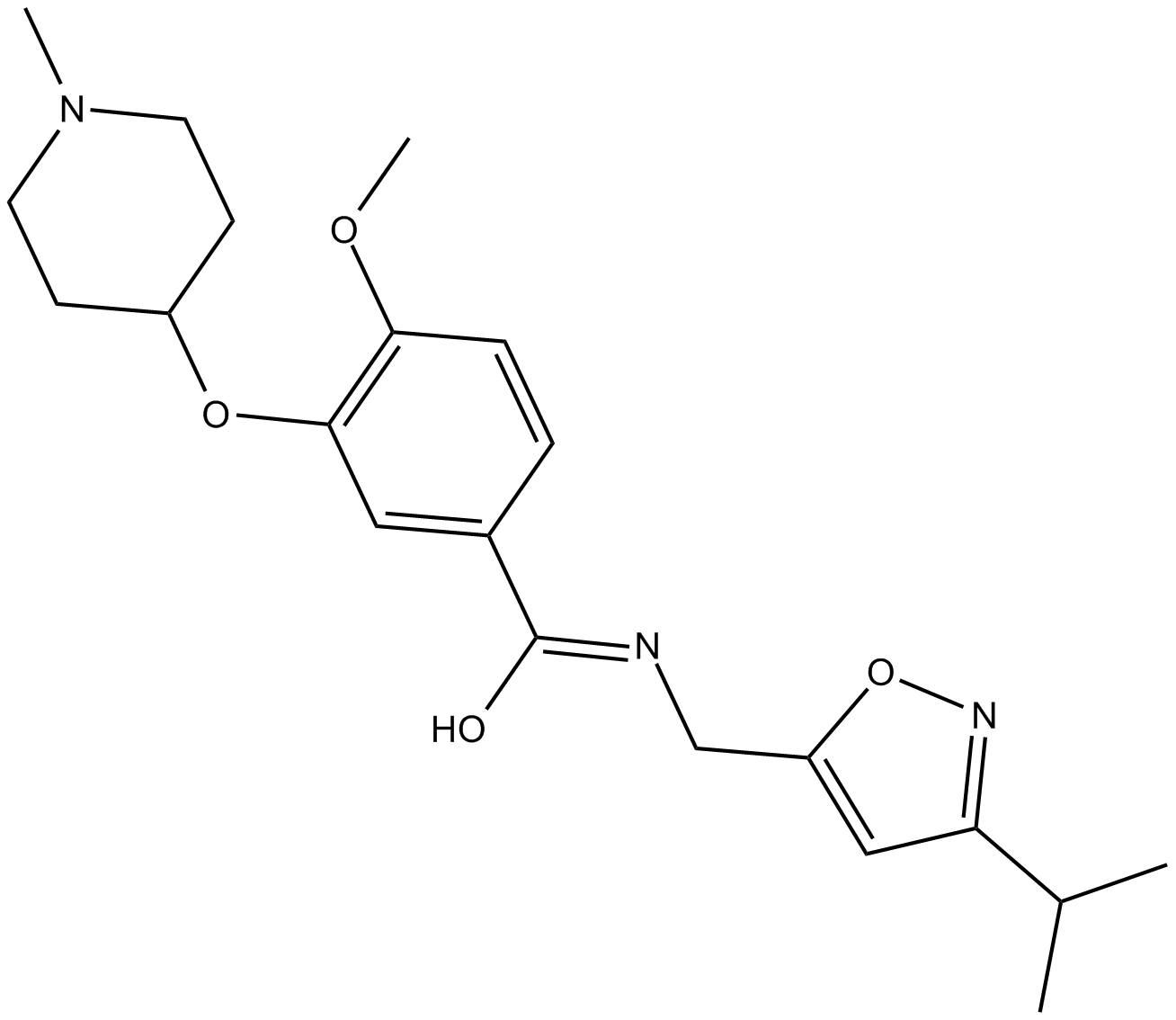 B5897 ML352Summary: Non-competitive inhibitor of the presynaptic choline transporter
B5897 ML352Summary: Non-competitive inhibitor of the presynaptic choline transporter

